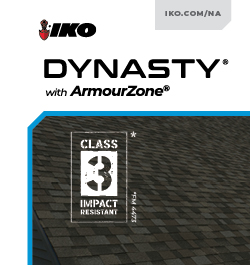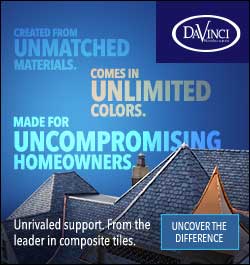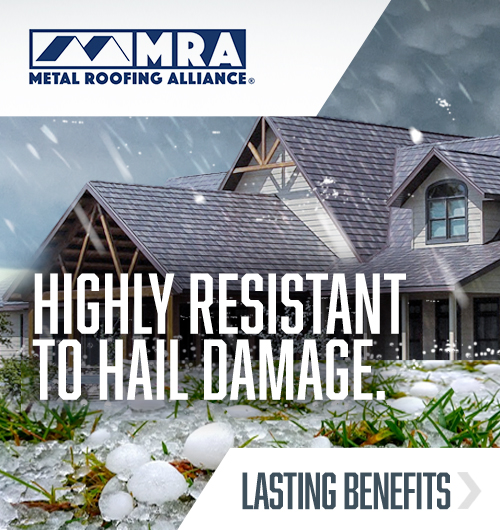Soldering galvanized gutters
« Back To AskARooferJames from Louisiana asks:
My roofer has replaced galvanized gutters at the edge of a flat roof with copper gutters, but plans to have them drain into an existing galvanized downspout. What kind of soldering can he use to join these 2 dissimilar metals to avoid corrosion and even if the joint is not corrosive, will the water runoff from the copper gutter into the galvanized downspout corrode the galvanized downspout?
John Kenney from Cotney Consulting Group says:
While it is technically possible to join copper gutters to galvanized steel downspouts using compatible solder or connectors, it is not recommended due to the risk of galvanic corrosion. Here's what your roofer—and you—should consider:
A galvanic reaction occurs when copper and galvanized steel (zinc-coated steel) are in contact and exposed to moisture—such as rainwater runoff. In this electrochemical process, zinc acts as the sacrificial anode and will corrode over time, especially at the joint and downspout.
Even if the roofer uses a neutral solder to make the physical connection between the two materials, water runoff from the copper into the galvanized downspout will accelerate the corrosion of the galvanized material downstream. The corrosion may begin at the connection but will likely progress through the entire downspout.
Best Practices and Recommendations:
Avoid mixing copper and galvanized steel in the water flow path.
- This is a well-established principle in roofing and plumbing. Different metals used in the same system must be electrically isolated, and water from one should not flow over or into the other.
Use copper downspouts to match copper gutters.
- This is the ideal solution to prevent galvanic corrosion. It ensures material compatibility and long-term performance.
If using both materials is unavoidable, separate them.
- A non-metallic (plastic or rubber) connector between the copper and galvanized sections can be used to isolate them electrically and hydraulically, although this is still not a preferred long-term solution.







